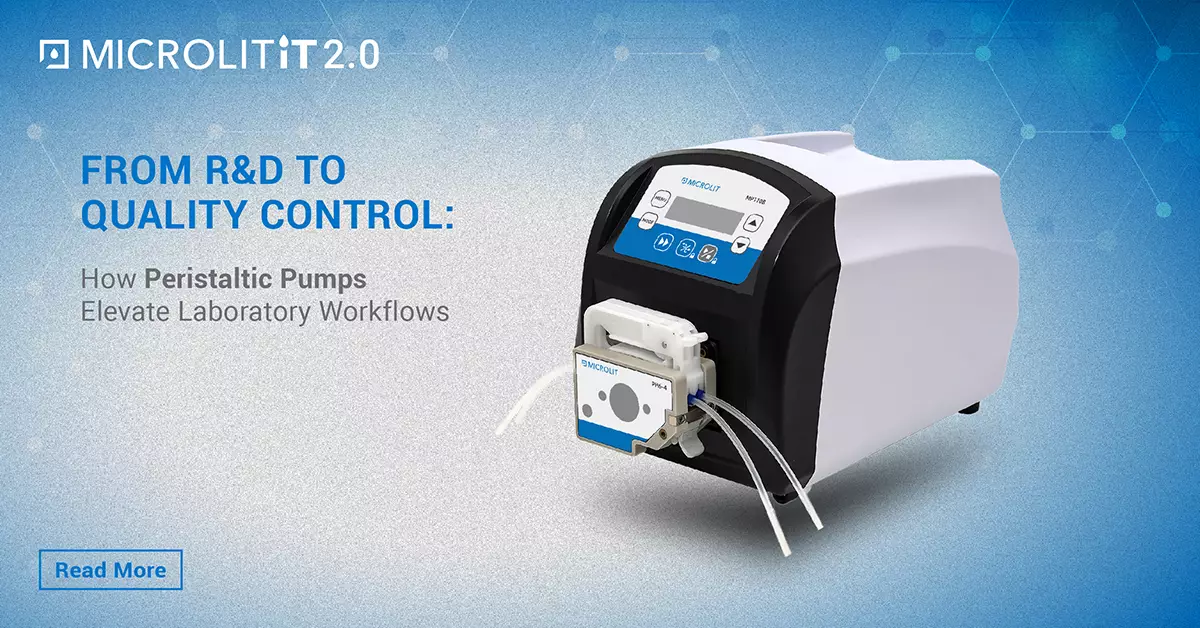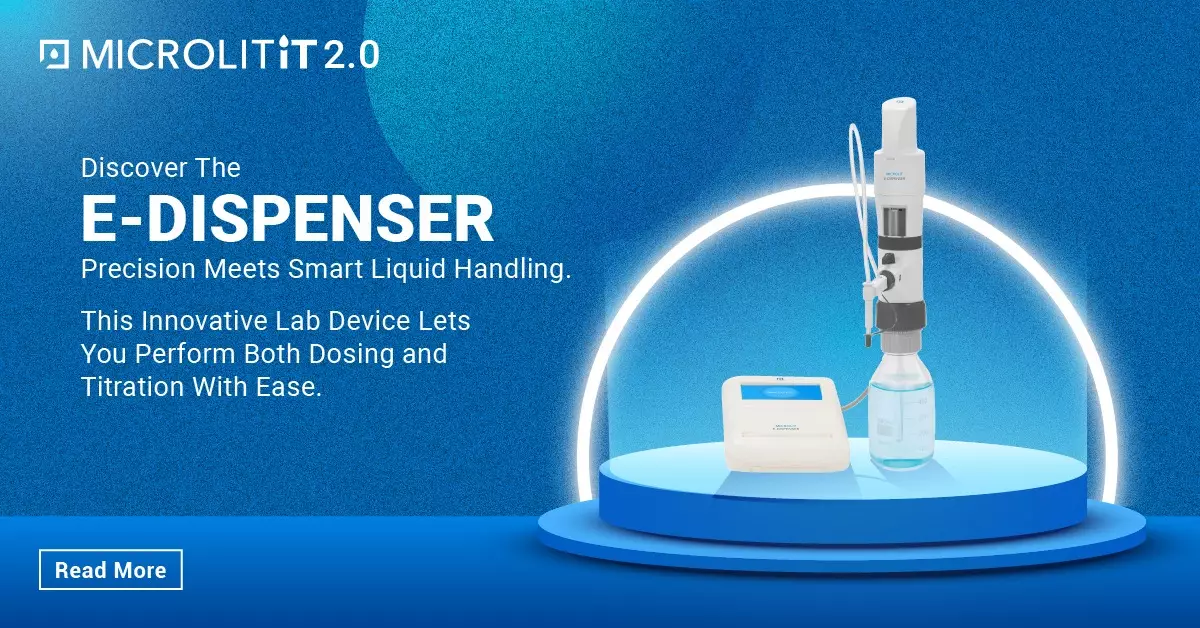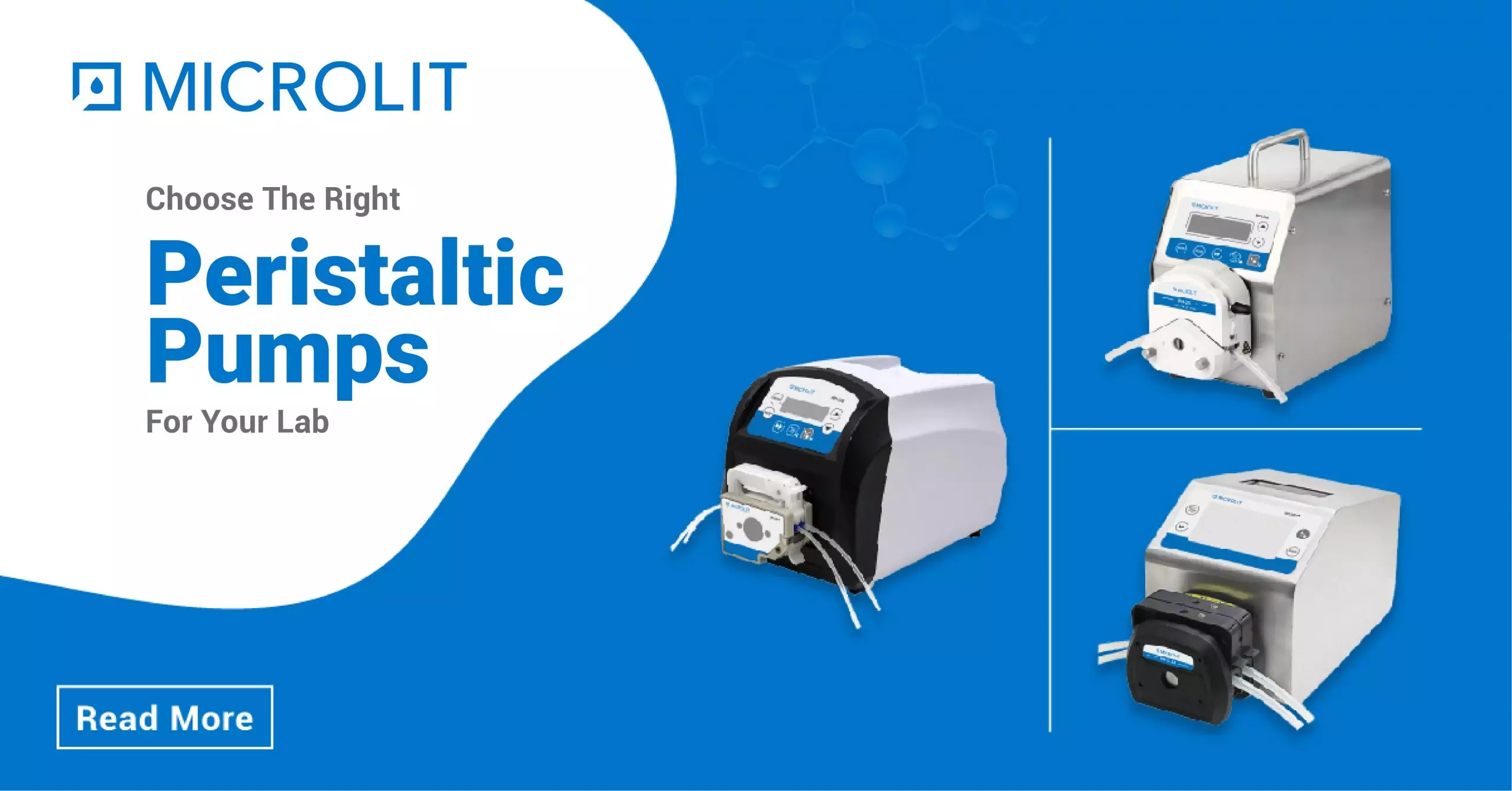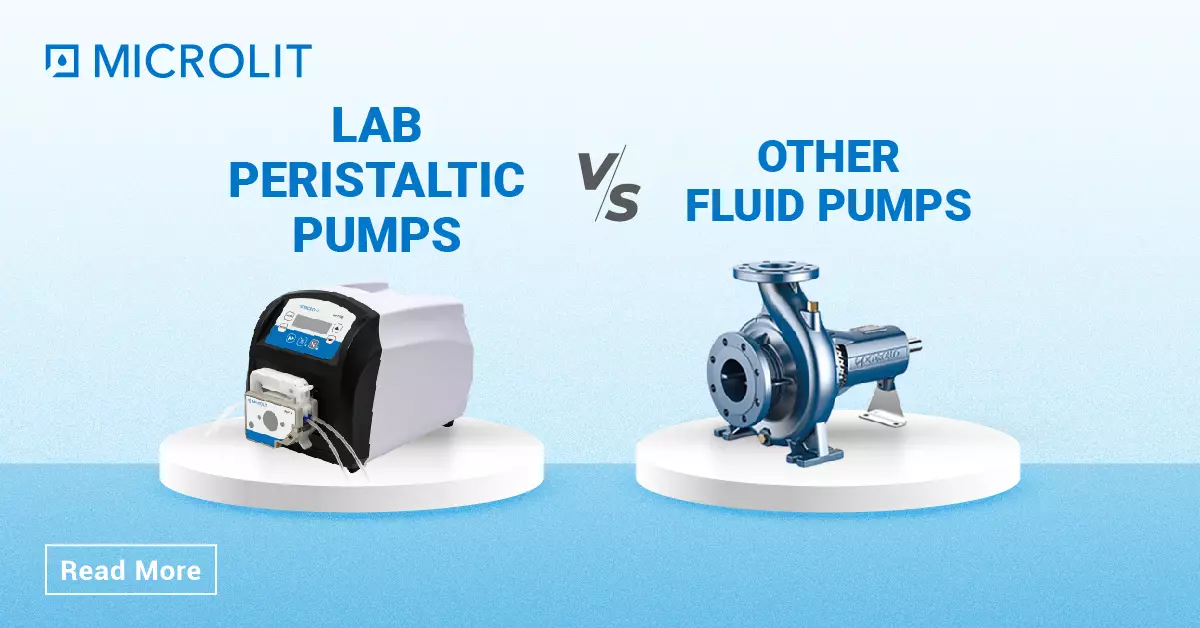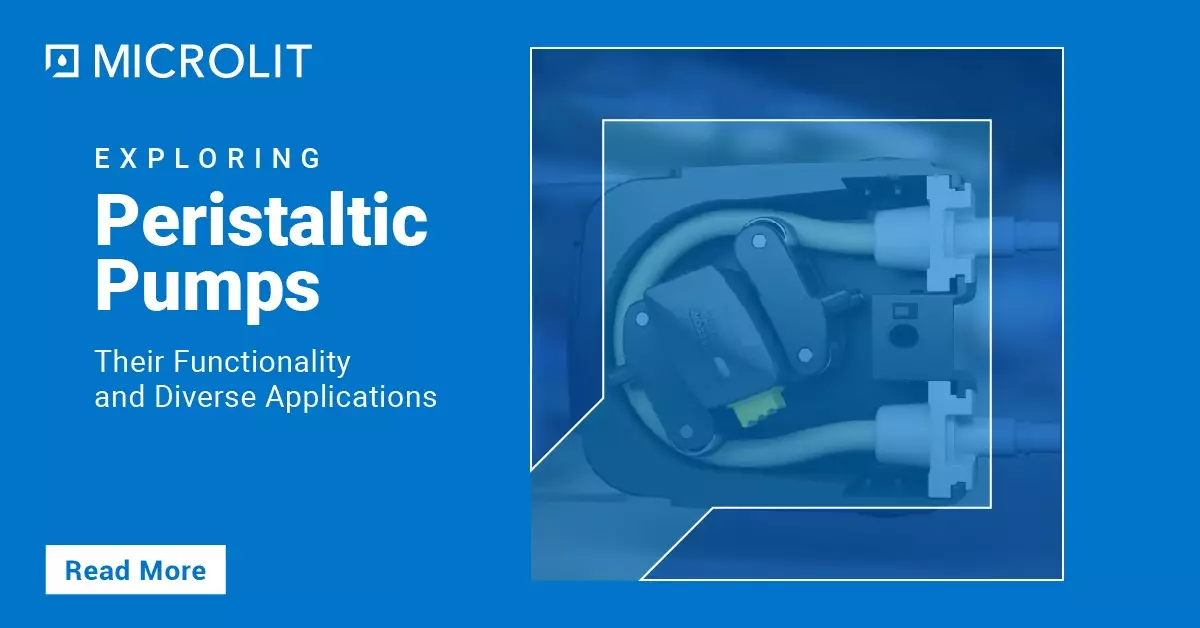How is Electronic Pipette better than Manual Pipette?
- October 10, 2023
- ENQUIRE NOW
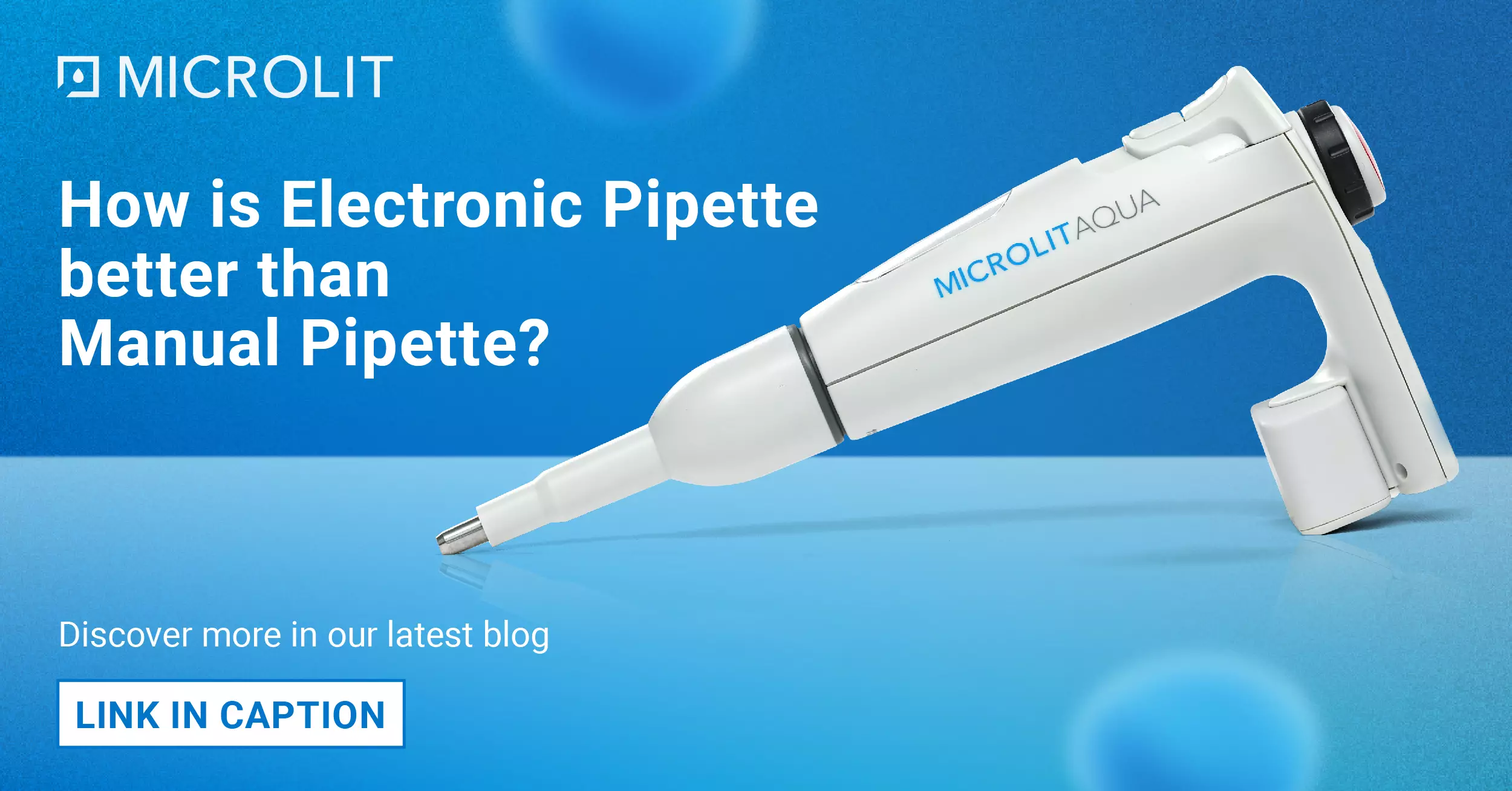
The introduction of electronic pipettes revolutionized the field of laboratory research and experimentation. These technologically advanced instruments have several advantages over their manual counterparts, making them indispensable tools for scientists and researchers.
 To ensure quality, reproducibility, and precision in liquid handling, it is important to have a good understanding of the differences between manual and electronic pipetting. Just as an artist needs a high-quality paintbrush to create great art, a scientist needs a reliable and accurate pipette to produce accurate results. Investing in a new pipette can lead to better accuracy, ergonomics, and usability, ultimately increasing productivity and saving costs in the long run. So, it is crucial to be aware of the benefits that electronic pipettes offer over manual ones, such as improved accuracy, ease of use, multiple pipetting modes, ergonomic design, reproducibility and traceability features and much more. These advancements make electronic pipettes essential tools for scientists, allowing them to achieve accurate and reliable results in their research and experimentation. In this blog post, we will explore why electronic pipettes are superior to manual pipettes.
To ensure quality, reproducibility, and precision in liquid handling, it is important to have a good understanding of the differences between manual and electronic pipetting. Just as an artist needs a high-quality paintbrush to create great art, a scientist needs a reliable and accurate pipette to produce accurate results. Investing in a new pipette can lead to better accuracy, ergonomics, and usability, ultimately increasing productivity and saving costs in the long run. So, it is crucial to be aware of the benefits that electronic pipettes offer over manual ones, such as improved accuracy, ease of use, multiple pipetting modes, ergonomic design, reproducibility and traceability features and much more. These advancements make electronic pipettes essential tools for scientists, allowing them to achieve accurate and reliable results in their research and experimentation. In this blog post, we will explore why electronic pipettes are superior to manual pipettes.
- Accuracy and Precision
One of the key advantages of electronic pipettes is their superior accuracy and precision in dispensing volumes. Manual pipettes are operated by human hands, which can introduce errors due to factors like fatigue, variability in hand strength and inconsistency in vertical pipetting. On the other hand, electronic pipettes are programmed to deliver precise and accurate volumes, overcoming the limitations of human operation. They ensure consistent results and eliminate the risk of human error, contributing to reliable and reproducible data in laboratory experiments every single time.
- Ease of Use
 Electronic pipettes are designed to be user-friendly and easy to operate. Unlike their manual counterparts, electronic pipettes have digital displays and intuitive interfaces that allow users to set volumes, various pipetting modes and other parameters effortlessly. Additionally, electronic pipettes often have features like pipetting modes, multi-dispensing options and programming keys, which enhance user convenience and simplify complex pipetting tasks. Such ease of use reduces experimental time, increases productivity and minimizes the chances of operator errors.
Electronic pipettes are designed to be user-friendly and easy to operate. Unlike their manual counterparts, electronic pipettes have digital displays and intuitive interfaces that allow users to set volumes, various pipetting modes and other parameters effortlessly. Additionally, electronic pipettes often have features like pipetting modes, multi-dispensing options and programming keys, which enhance user convenience and simplify complex pipetting tasks. Such ease of use reduces experimental time, increases productivity and minimizes the chances of operator errors.
- Volume of Pipetting
Electronic pipettes make them the preferred choice for those who occasionally or in low volumes engage in pipetting activities such as experiment set-up. These electronic instruments offer instant usability and convenience, especially for simple and repeatable work. They provide superior accuracy and precision compared to manual pipettes, which can be prone to human errors. .
- Multiple Pipetting Modes
Electronic pipettes offer a variety of pipetting modes that are not available in manual pipettes. One such mode is the multi-dispensing mode, which allows the pipette to dispense the same volume multiple times without requiring repetitive aspiration. Electronic pipettes also often have a reverse pipetting mode, which enables the pipette to aspirate and dispense viscous or foaming liquids accurately. These additional pipetting modes provide flexibility and versatility in various experimental scenarios, enhancing the usability of electronic pipettes. Microlit AQUA has a total of 12 unique modes of pipetting operations including Stepper Mode. One can also perform Titration and Mix Pipetting in AQUA with a single click of programming buttons.
- Ergonomics and Comfort
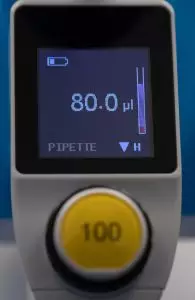 Manual pipetting can be physically demanding and cause strain and fatigue in the hands and wrists, especially during prolonged pipetting sessions. However, electronic pipettes are ergonomically designed to provide comfort during pipetting tasks. They have lightweight construction, rechargeable detachable batteries, a volume adjustment wheel and comfortable programming keys that reduce the strain on hands and wrists. Such ergonomic designs promote better pipetting techniques and reduce the risk of repetitive strain injuries (RSI).
Manual pipetting can be physically demanding and cause strain and fatigue in the hands and wrists, especially during prolonged pipetting sessions. However, electronic pipettes are ergonomically designed to provide comfort during pipetting tasks. They have lightweight construction, rechargeable detachable batteries, a volume adjustment wheel and comfortable programming keys that reduce the strain on hands and wrists. Such ergonomic designs promote better pipetting techniques and reduce the risk of repetitive strain injuries (RSI).
- Saves Time
As mentioned, ergonomics can play a big role in accuracy, so in cases where large amounts of pipetting are required, breaks are recommended when using a manual pipette. Electronic pipettes eliminate the need for breaks or potential discomfort. Take our AQUA multi-functional electronic pipette, for example. It has been designed with the comfort of scientists in mind, resulting in the ability to increase repetition in a comfortable manner with 12 unique modes of operation to meet various pipetting demands.
- Reproducibility and Traceability:
In scientific research, reproducibility is crucial for validating experiments and ensuring the accuracy of results. Electronic pipettes can store pipetting protocols and save programs, allowing users to recall and replicate previous experiment settings with a single button press. This feature eliminates the possibility of human errors or variations in pipetting techniques, resulting in consistent and reproducible results. For example, Microlit’s AQUA can store upto 6 programs in memory at a time. Additionally, electronic pipettes often have data logging capabilities, allowing scientists to record and document every step of the pipetting process for future reference and quality assurance purposes.
- Maintenance and Calibration:
Manual pipettes require regular maintenance and calibration to ensure accurate volume delivery. This process involves time, effort, and precision. On the other hand, electronic pipettes often come with self-calibration features that simplify this task. These pipettes are equipped with internal sensors and calibration functions that automatically adjust the volume delivery accuracy, saving time and effort for researchers. Additionally, electronic pipettes can display reminders for maintenance such as regular lubrication and tip replacement, helping users to keep their instruments in optimum working condition.
Budgetary Considerations: Embracing electronic pipettes
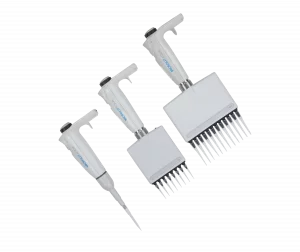 It’s no secret that electronic pipettes constitute a significant financial investment. While they offer unmatched advantages in precision, comfort and efficiency, budget constraints may influence your decision-making process. For researchers working with limited budgets, manual pipettes can be an attractive option. These manual instruments still deliver exceptional performance and access to advanced interlocking technology, allowing you to achieve reliable results without breaking the bank. For many labs—especially those performing complex or high throughput workflows—it may be time to move on from the comfort blanket of manual pipettes to an up-to-date solution that saves time and money.
It’s no secret that electronic pipettes constitute a significant financial investment. While they offer unmatched advantages in precision, comfort and efficiency, budget constraints may influence your decision-making process. For researchers working with limited budgets, manual pipettes can be an attractive option. These manual instruments still deliver exceptional performance and access to advanced interlocking technology, allowing you to achieve reliable results without breaking the bank. For many labs—especially those performing complex or high throughput workflows—it may be time to move on from the comfort blanket of manual pipettes to an up-to-date solution that saves time and money.
Overall, electronic pipettes are a game-changer in the field of laboratory research. Whether it’s in academia, pharmaceuticals, biotechnology, or any other field that requires precise liquid handling, electronic pipettes have become an indispensable tool for scientists and researchers.
Know the details of Microlit’s latest launch AQUA multifunctional electronic micropipette and its unique features, click here https://www.microlit.com/product-category/aqua-electronic-micropipette/ or email us at info@microlit.com

